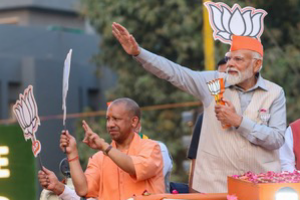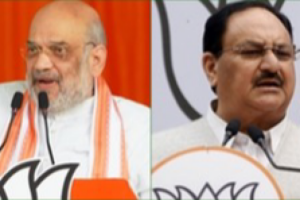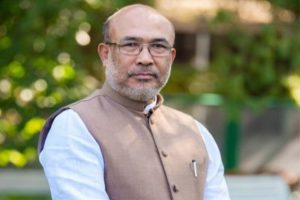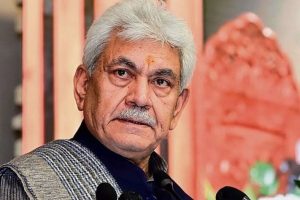The agitation for reservation of Jats in jobs and education has resumed again after a lull. The Jats, Jat Sikhs, Tyagis and Bishnois are seeking reservation under the Other Backward Classes (OBC) quota. Last year, exactly at this time Haryana was rocked by violence with the agitators taking to the streets. Bitter memories of the large-scale violence in 10 districts of Haryana last February are still fresh in the minds of the people. As many as 30 people were killed, 200 injured and government and private property worth hundreds of crores of rupees damaged during arson and looting in February 2016.
If there is trouble in Haryana it will affect Jammu and Kashmir, Punjab and Delhi. Now many other communities like the Kapus , Jats, Patidars and even Brahmins seek quota. In the case of Jats there has been a reduction in land holding and fewer jobs. In the case of Patidars, the demand for quota was to do away with reservation itself. The Marathas also are in the same category.
The opposition parties in Haryana including the Indian National Lok Dal and the Congress – have given their support, asking the Khattar government to fulfil the promises it had made to the Jat community. The Khattar government had assured that that the OBC reservation would be doubled from the present 10 per cent.
Why do the Jats need reservation as politically, financially and socially they do not need it? They are mostly farmers and now live in Haryana, Punjab, Delhi, Rajasthan and Uttar Pradesh. They number about 82.5 million. In Haryana alone there are about 6.2 million Jats while Rajasthan has about 10 million followed by Punjab with 7.2 million and UP with 6.8 million. Over the years they have become dominant in these states. They own land and rural banks. For instance, in Haryana out of the 90 MLAs at least 30 are Jats. Without their support no government can survive in the state. Most of the chief ministers have been Jats. They call the shots in politics and governance in these states.
It is not only Haryana Jats but also those from other states like UP and Rajasthan who have come together to seek reservation. Despite their dominance, the Jats want quota not because their caste is backward but because they cannot get jobs. This is particularly the grouse of the youth. This is identical with the demand from the Patel and Maratha youth who are also seeking quotas.
Ironically, the BJP came to power on non-Jat votes but installed a Punjabi and a novice at that as its chief minister in 2014. The non-Jats oppose the Jat reservation. Haryana chief minister Khattar has been struggling to run the government during the past two years facing agitations from the Jats.
The AIJASS resumed its stir from January 29. Yashpal Malik, a self-appointed leader of the Jats mobilised support from several states including Haryana and Delhi at a dharna near Jantar Mantar in the capital this week. They also plan to stop paying electricity and water bills and farm loans.
The timing of the resumption of the Jat agitation on January 29 needs to be noted. The reason could be to politically hit the BJP in UP where elections are going on. Several districts in Western UP like Saharanpur, Shamli, Muzzafarnagar, Bulandshahar, Meerut, Baghpat etc, have a large population of Jats and polarisation of these votes will hurt the BJP in the ongoing UP polls. Politicians from all parties are playing vote bank politics. The Punjab High Court had stayed the 2014 decision of the Haryana government in July 2015. In 2014, the then Congress chief minister B S Hooda had announced 10 per cent quota for Jats and other four castes including Jat Sikhs, Ror, Tyagi and Bishnoi under the Special Backward Classes category. This meant that the total reservation stood at 67 per cent, much above the 50 per cent limit set by the Supreme Court.
The National Commission for Backward Classes had in the past come out with specific reasons against the inclusion of Jats in Haryana in the OBC list . This was overruled by the Manmohan Singh government through a notification in March 2014, promising a special quota for Jats over and beyond the 27 per cent reservation for the OBCs in jobs and education. It was the Supreme Court which quashed the decision stating that caste alone could not be the criterion for determining socio-economic backwardness.
So what is the way out ? The Modi government does not want reservation for any category. In fact the RSS thinking is that the people will be weary of reservation if more and more categories are included and there will come a stage when they will say there is no need for reservation at all. This could come at a much later stage but that is what the RSS and the BJP hope. It is true that the framers of the Constitution provided reservation for the SC and ST. The government may again oblige Jats but there is need to review the list of costs and sharpen the definition of creamy layer and make corrections, if necessary to meet the aspirations of the various sections.











